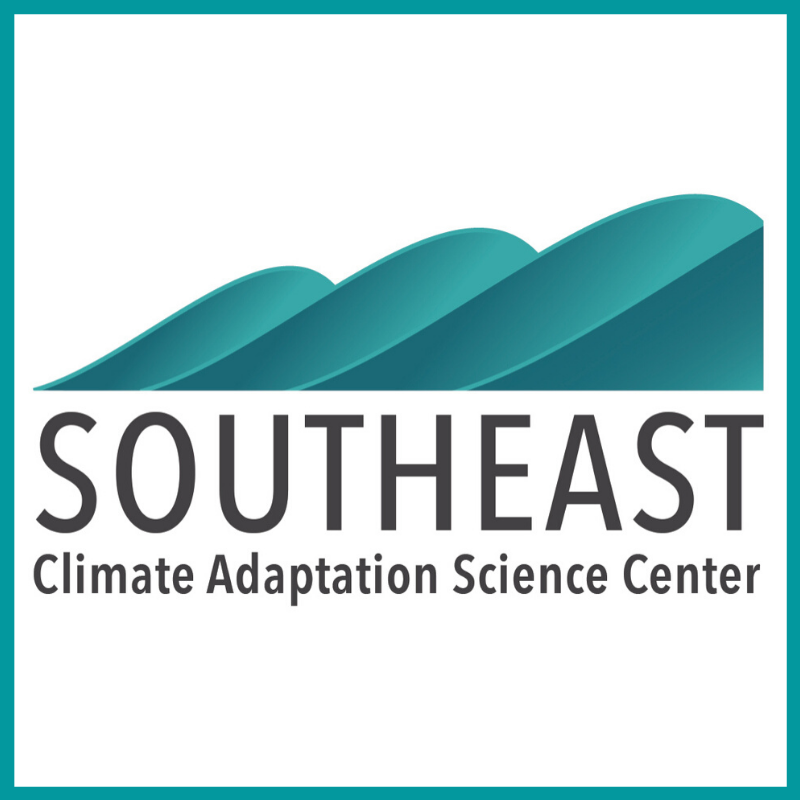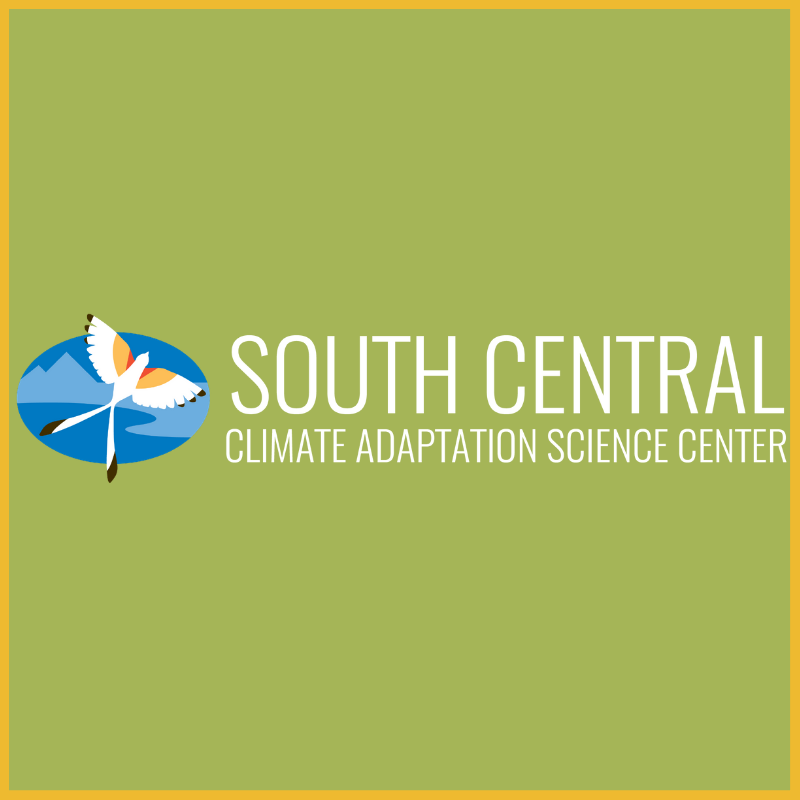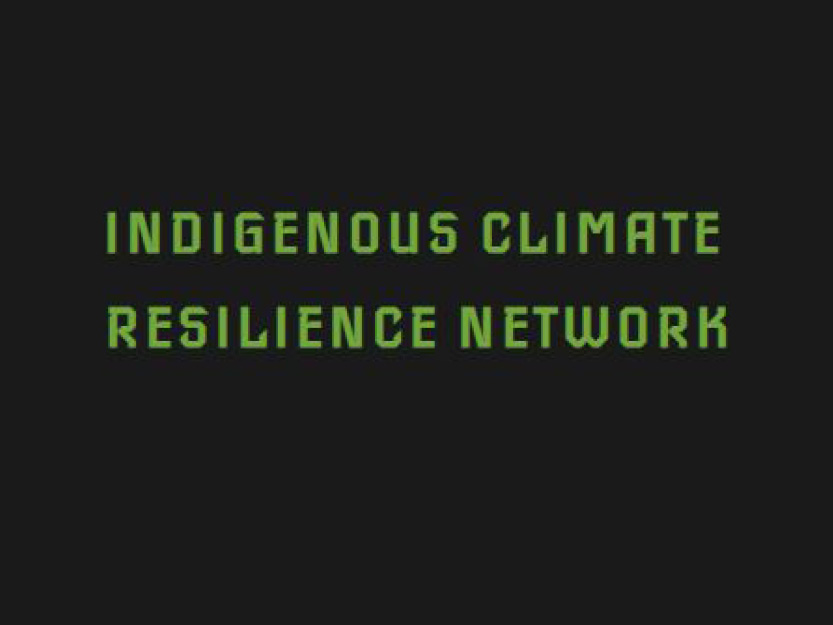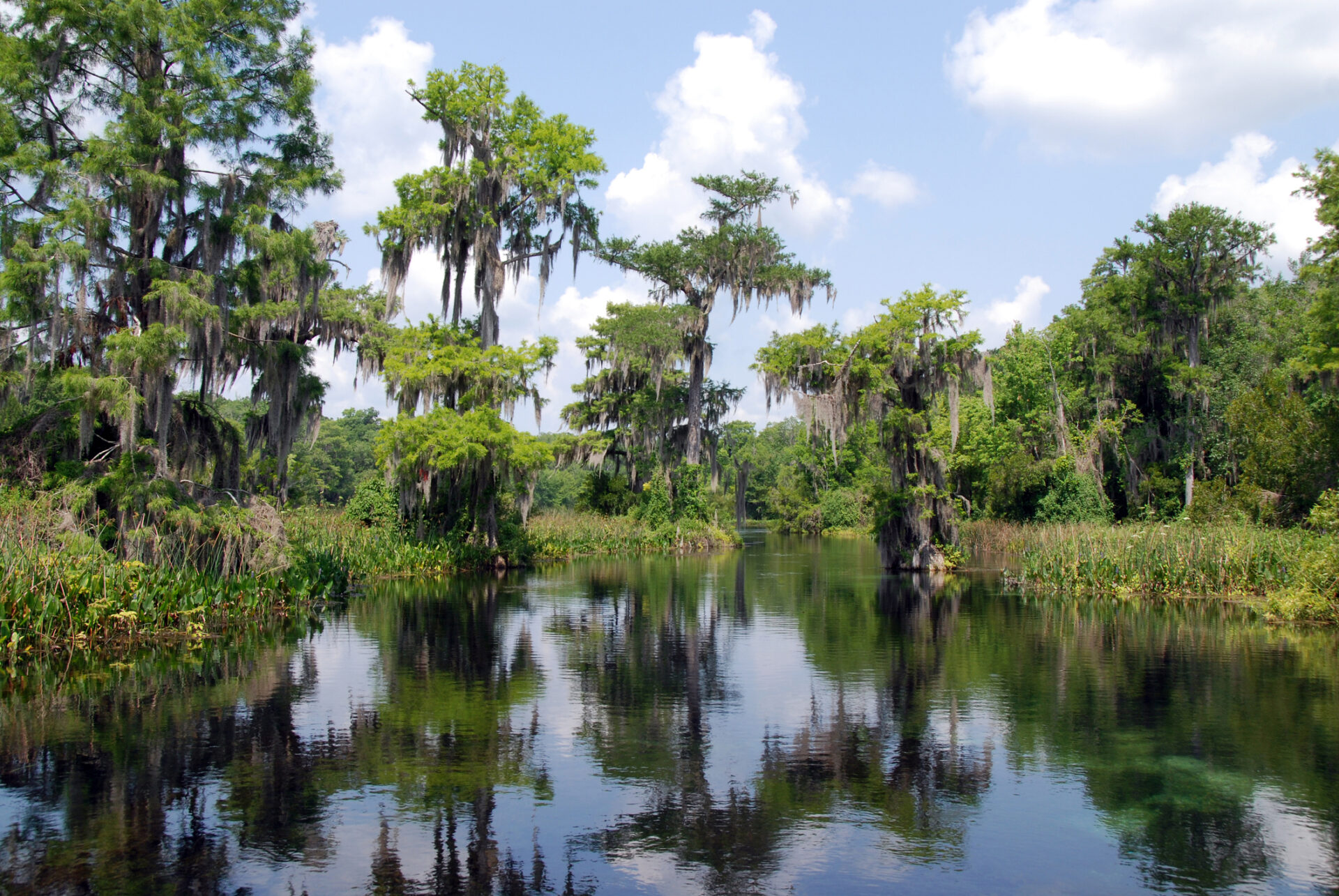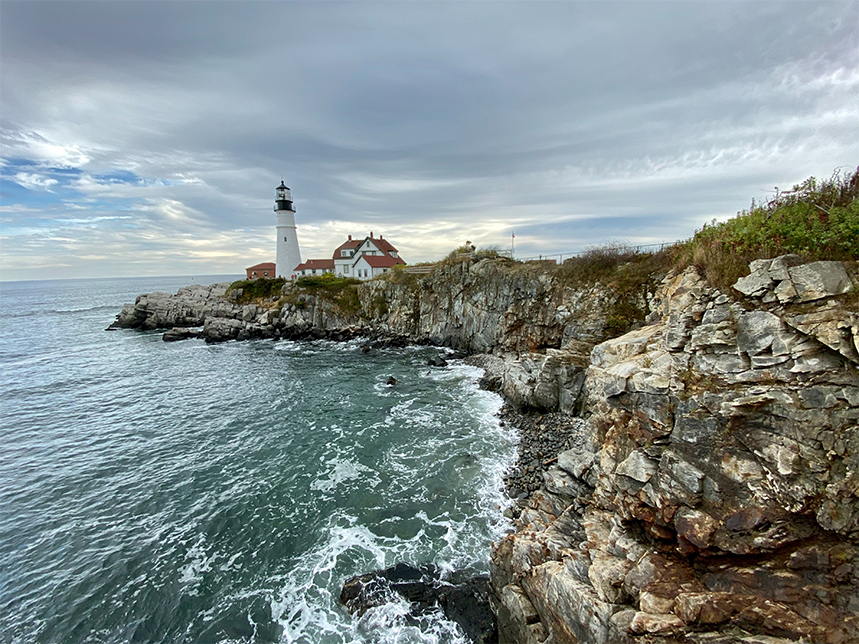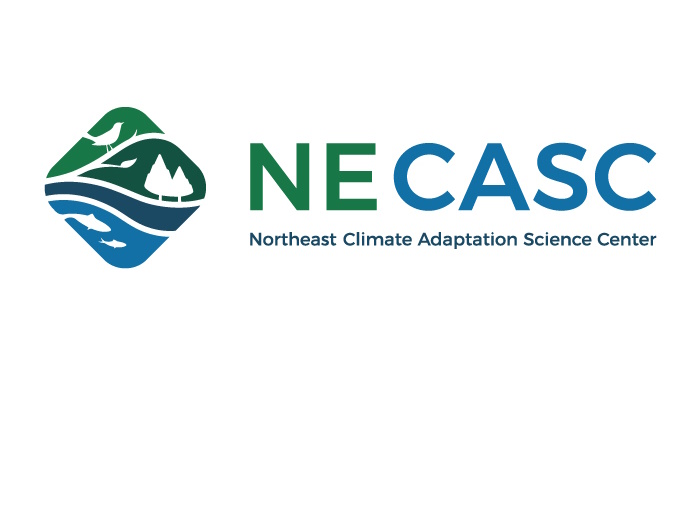
Introduction
Created in 2017, the USET Community Resilience Program assists Tribal Nations with community resilience planning. Through the OERM staff, this program also connects Tribal Nations with resources at regional Climate Adaptation Science Centers and other partners to support Tribal adaptation planning and resiliency.
Tribal Climate Adaptation Guidebook
The Oregon Climate Change Research Institute, along with Adaptation International, created the Tribal Climate Adaptation Guidebook, which provides a framework for climate change adaptation planning in the context of existing Tribal priorities. The Guidebook builds on the ongoing climate-related work in Tribal communities, directly considers the unique issues facing Indigenous communities, and identifies…
The Guidebook provides a framework for climate change adaptation planning in the context of existing Tribal priorities.
Tribal Adaptation Menu – external
The Menu provides a framework to integrate Indigenous and traditional knowledge, culture, language and history into the climate adaptation planning process. It is an extensive collection of climate change adaptation actions for natural resource management, organized into tiers of general and more specific ideas.
Tribal Adaptation Menu
Many climate adaptation planning tools fail to address the unique needs, values and cultures of Indigenous communities. The Tribal Climate Adaptation Menu, which was developed by a diverse group of collaborators representing Tribal, academic, intertribal and government entities in Minnesota, Wisconsin and Michigan, provides a framework to integrate Indigenous and…
The Menu provides a framework to integrate Indigenous and traditional knowledge, culture, language and history into the climate adaptation planning process.
The U.S. Drought Monitor
The U.S. Drought Monitor is a map released every Thursday showing parts of the U.S. that are in drought. The map uses five classifications: abnormally dry (D0), showing areas that may be going into or are coming out of drought, and four levels of drought: moderate (D1), severe (D2),…
The State of Narragansett Bay and Its Watershed – Technical Report
Today’s environmental status of Narragansett Bay (Bay) and the entire Narragansett Bay Watershed (Watershed) is the result of hundreds of years of human activities and environmental variability. Numerous organizations have worked together for decades to reverse trends of declining environmental conditions and to understand new threats such as those…
The Fourth National Climate Assessment (NCA4)
The Global Change Research Act of 1990 mandates that the U.S. Global Change Research Program (USGCRP) deliver a report to Congress and the President no less than every four years that “1) integrates, evaluates, and interprets the findings of the Program…; 2) analyzes the effects of global change on the natural…
The Commonwealth of Virginia: The Natural Communities of Virginia: Ecological Groups and Community Types
This document lists the full classification hierarchy and includes the 82 ecological groups and 308 community types currently defined for Virginia. It is meant to function as a companion to the Division’s The Natural Communities of Virginia, Third Approximation web pages, which provide descriptions and illustrations of all Ecological…
